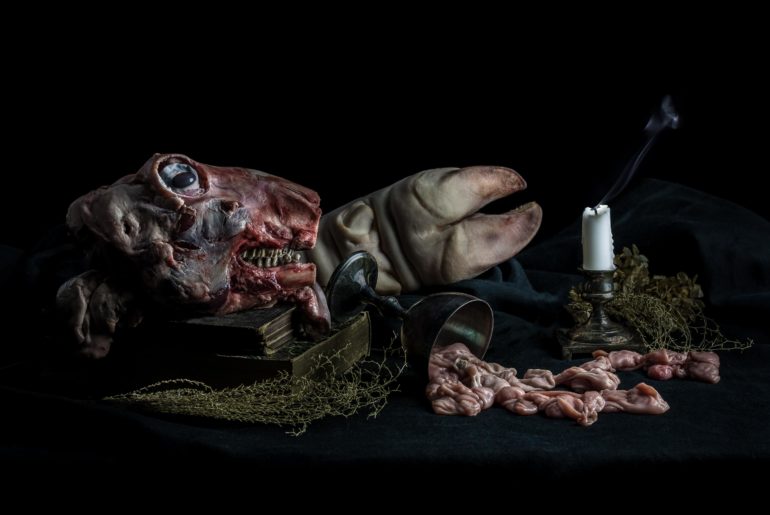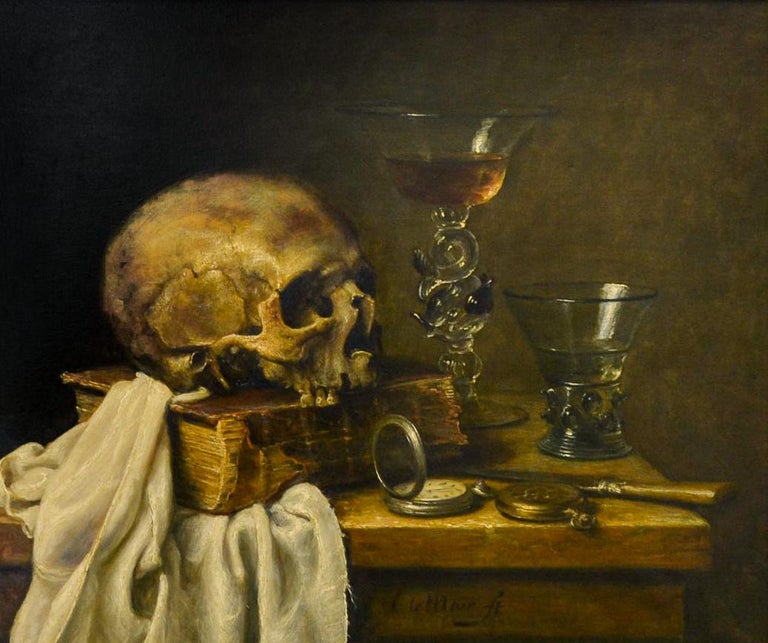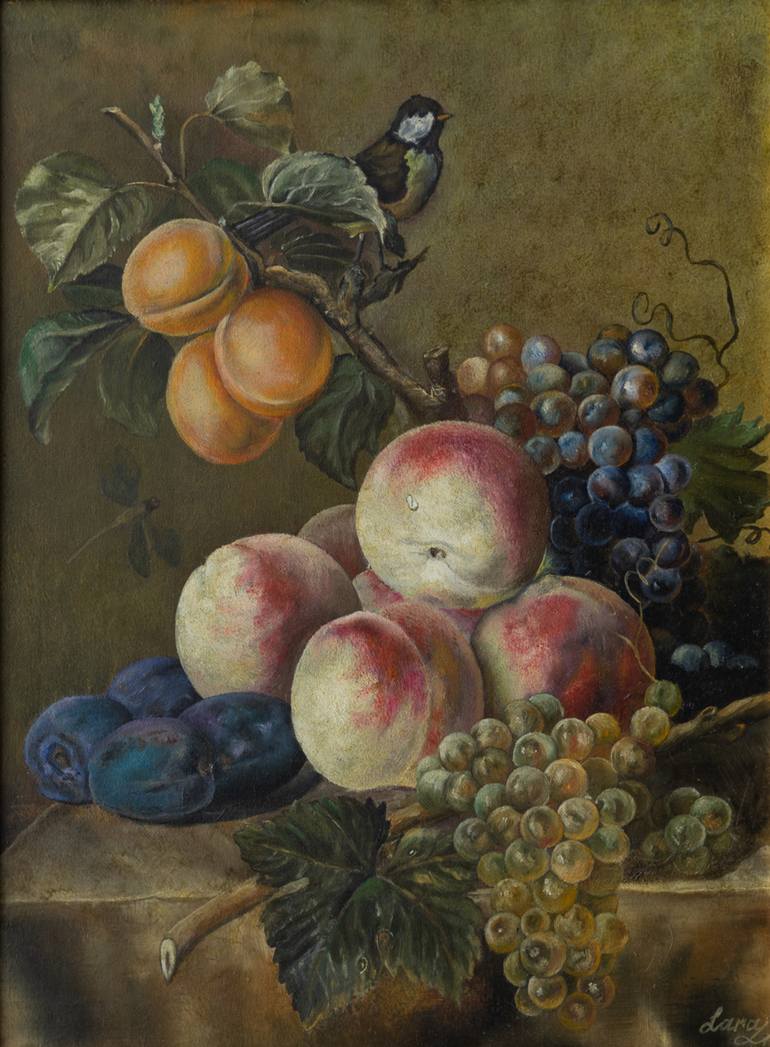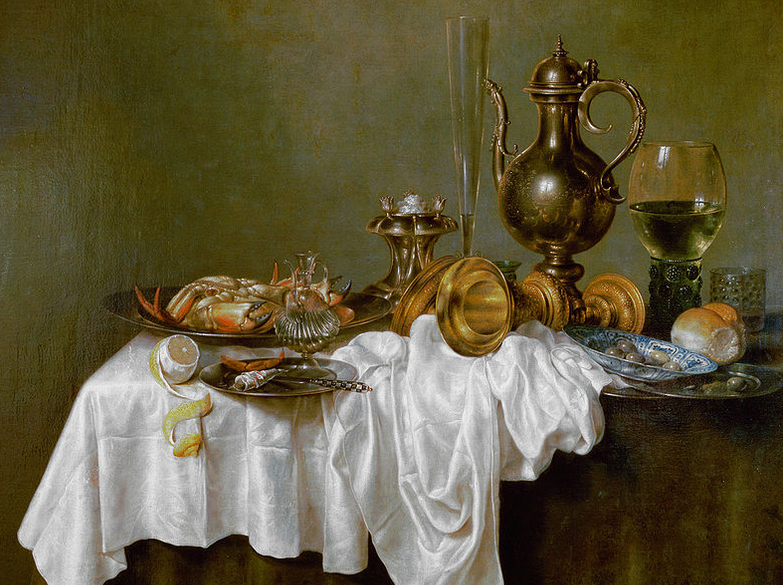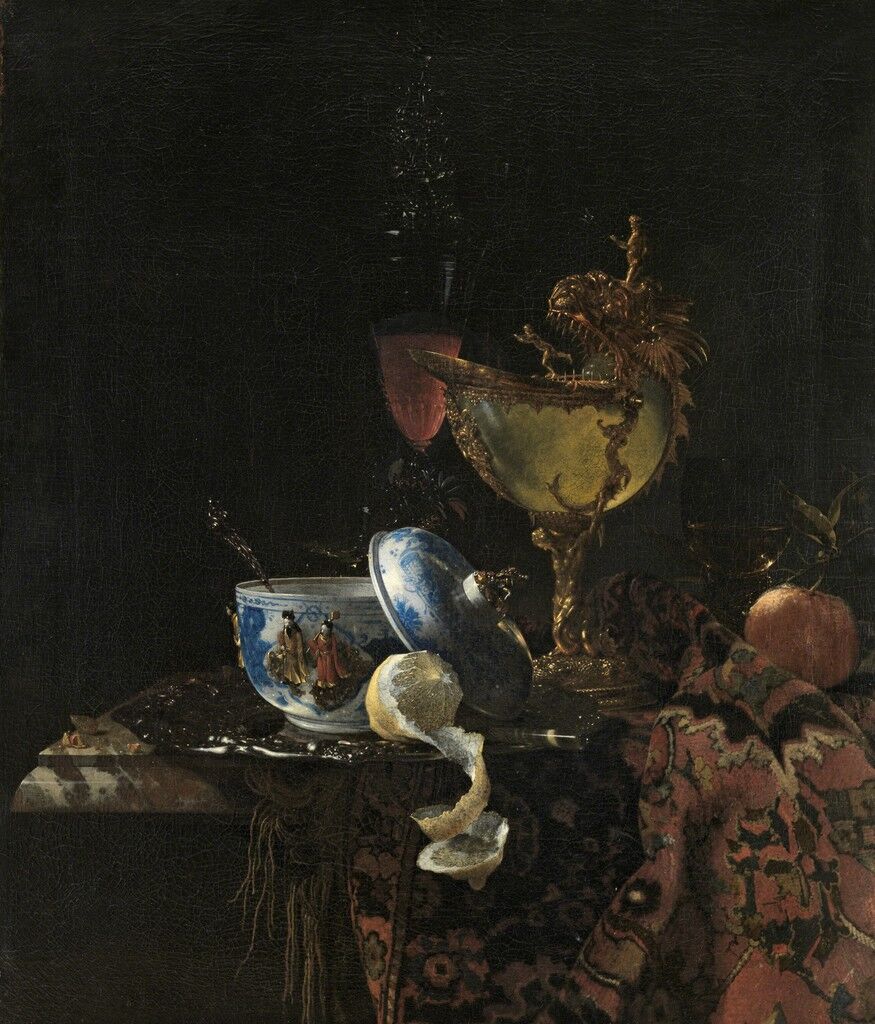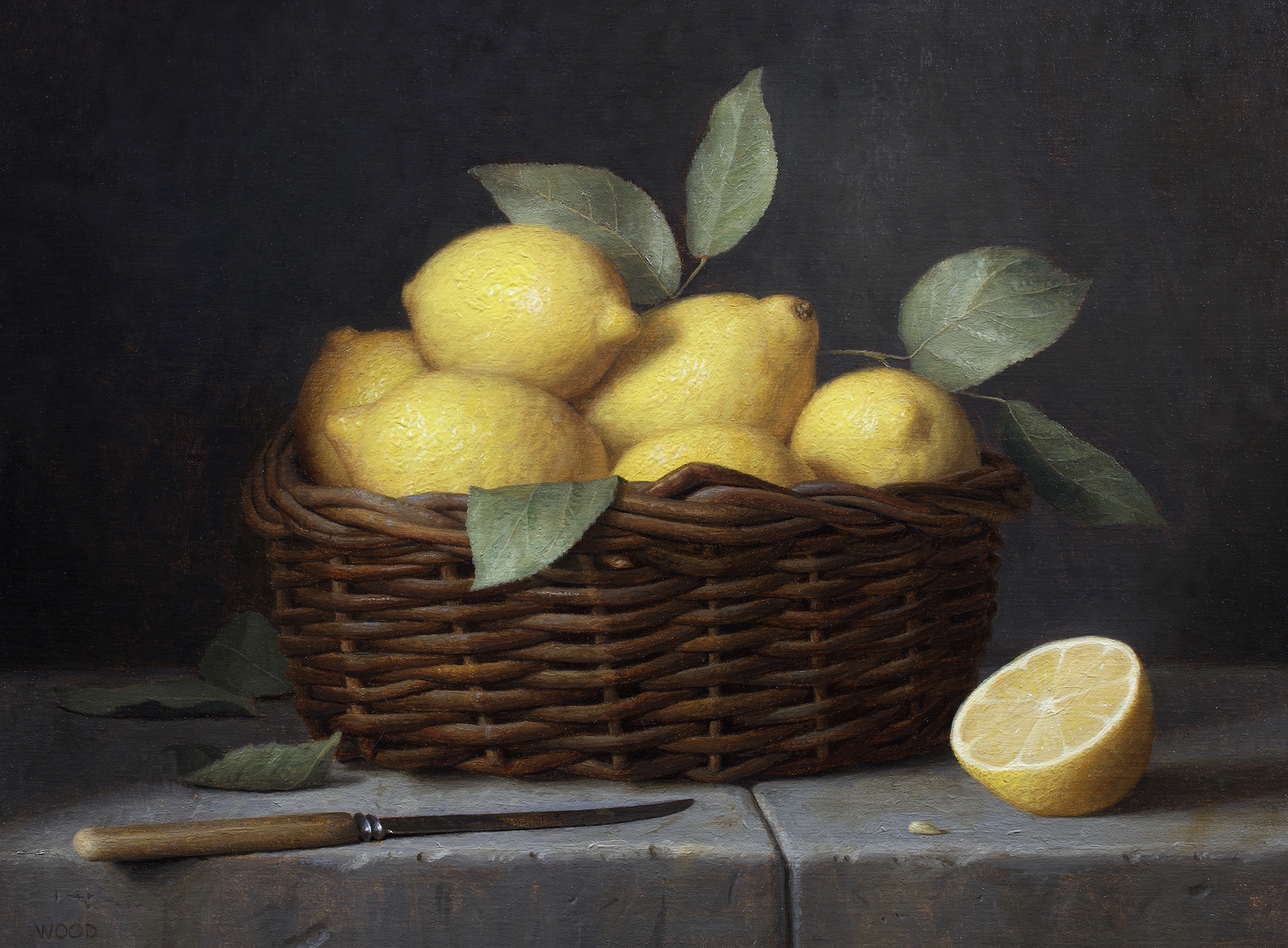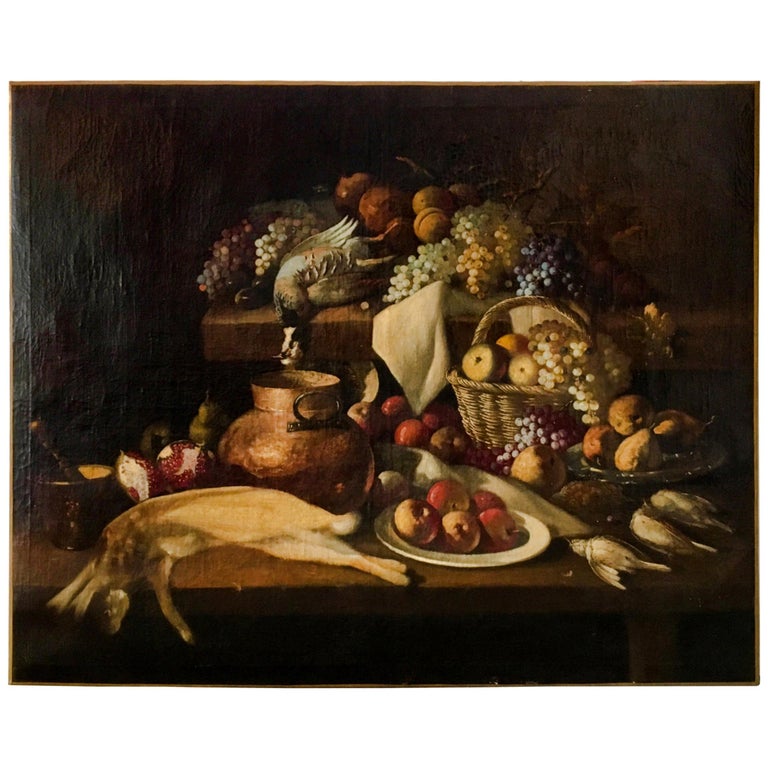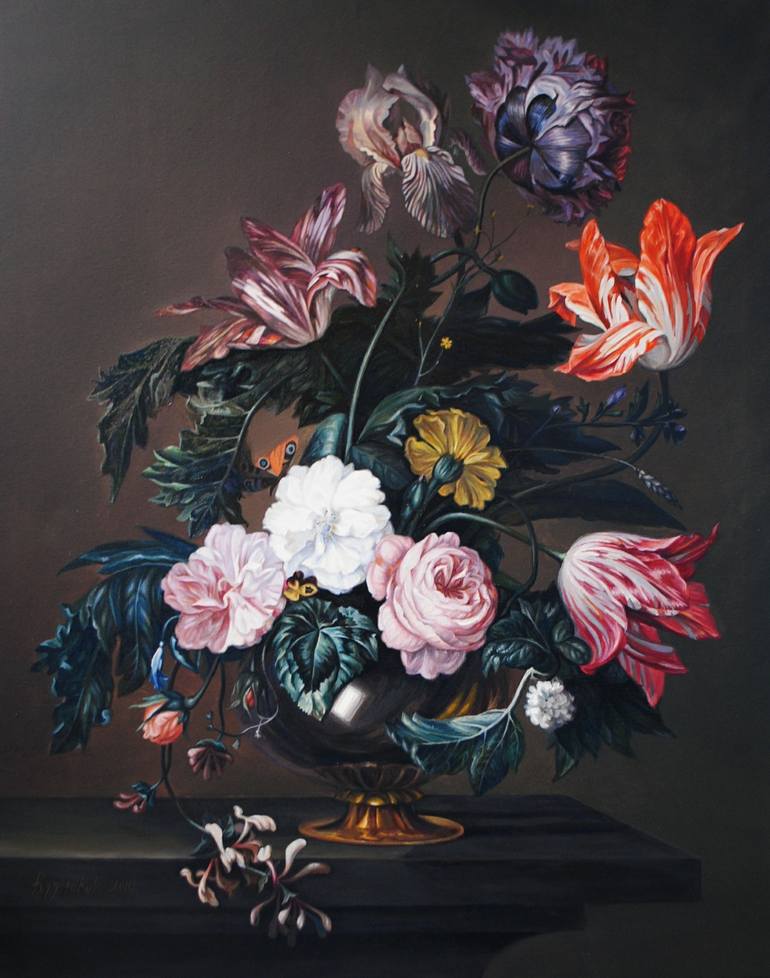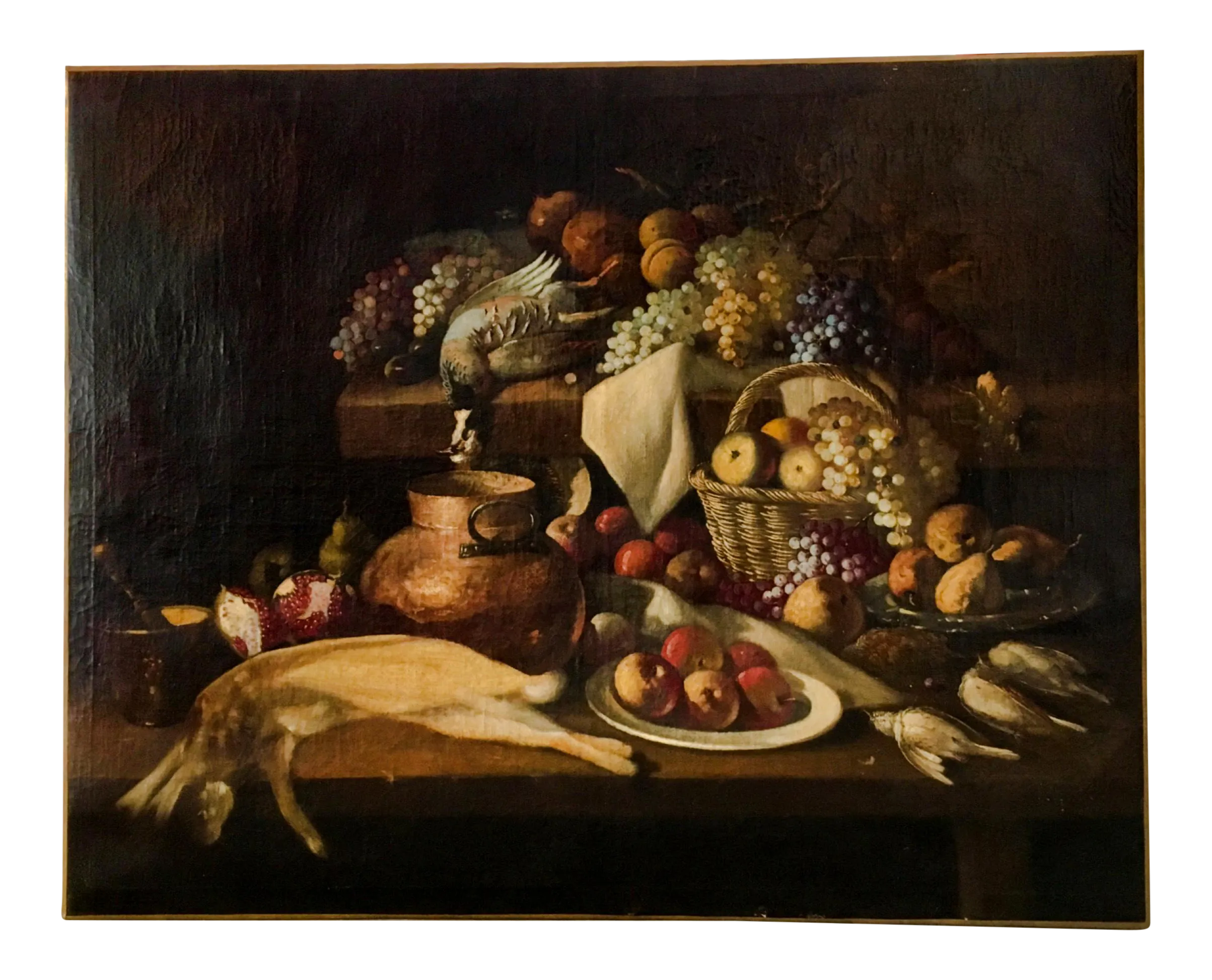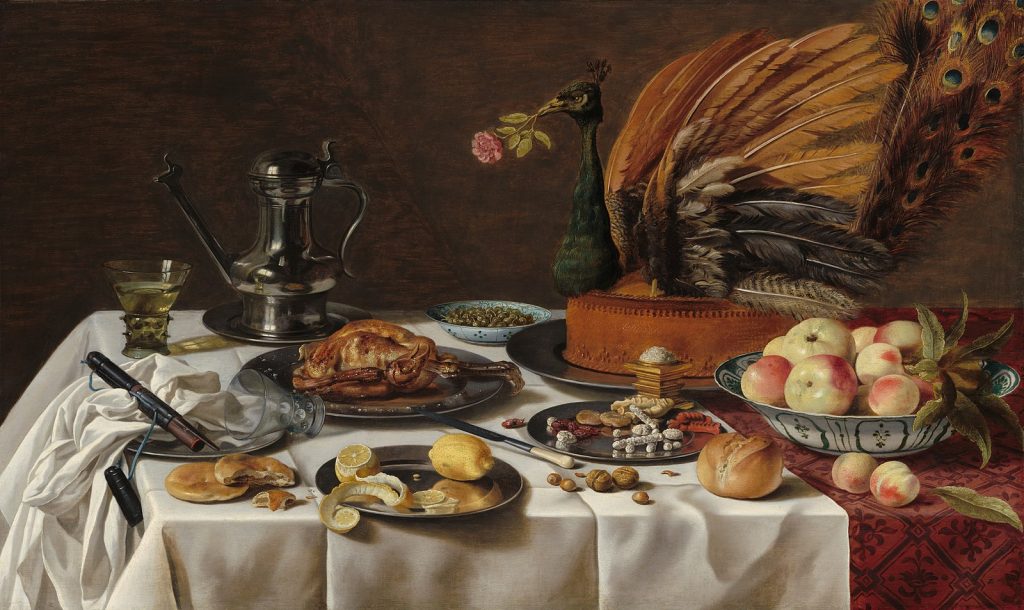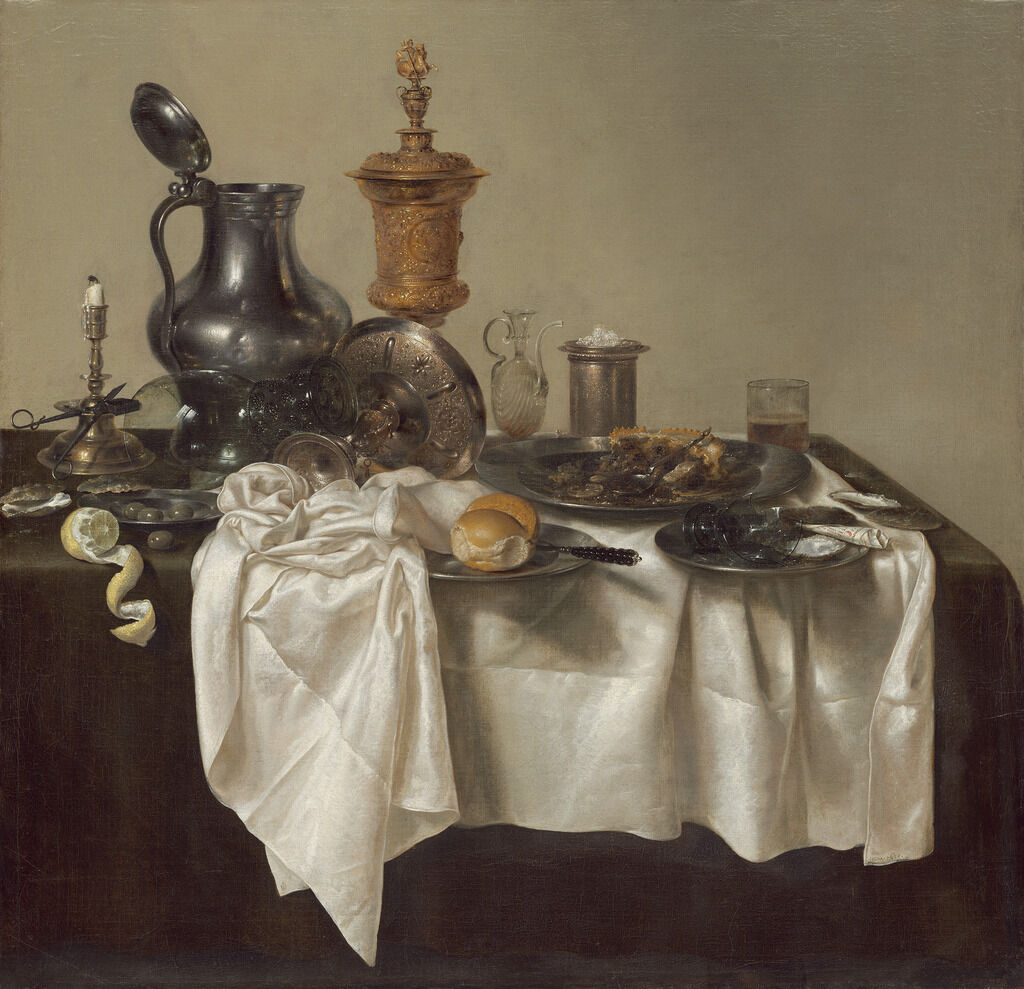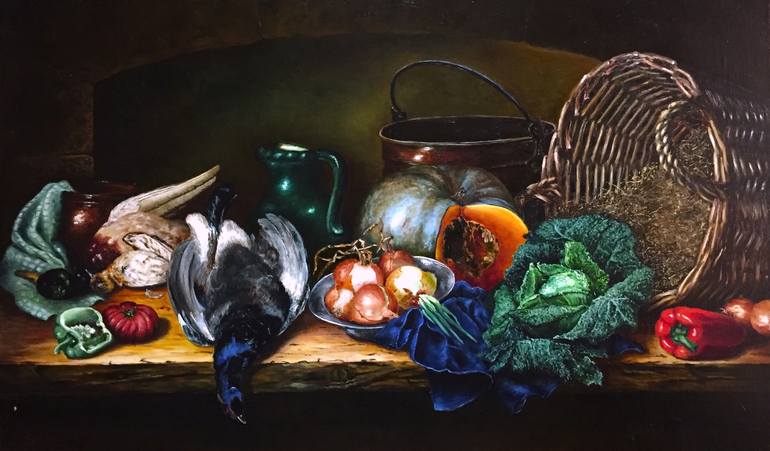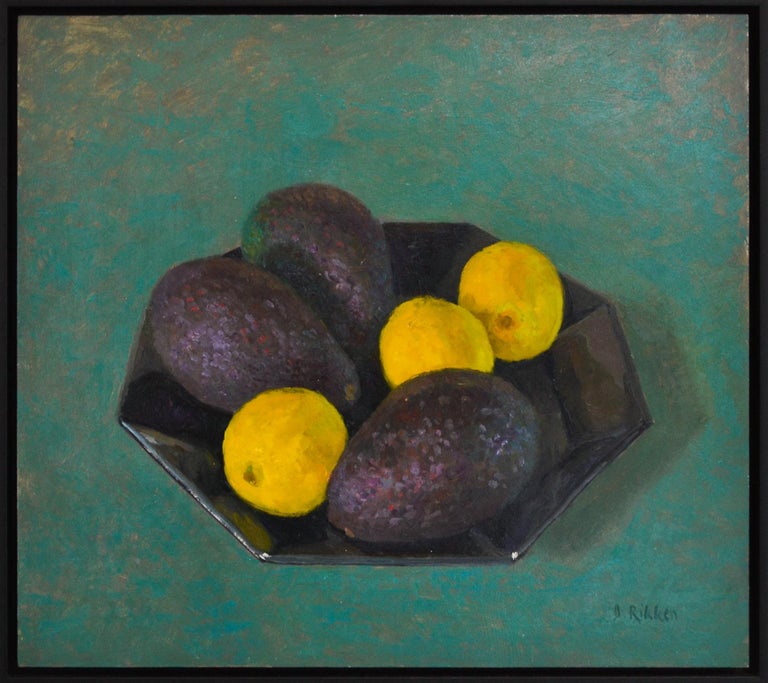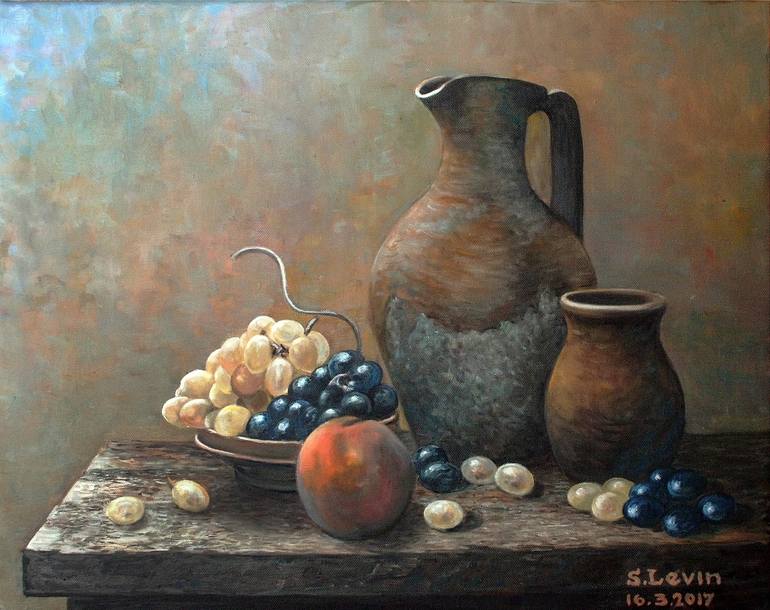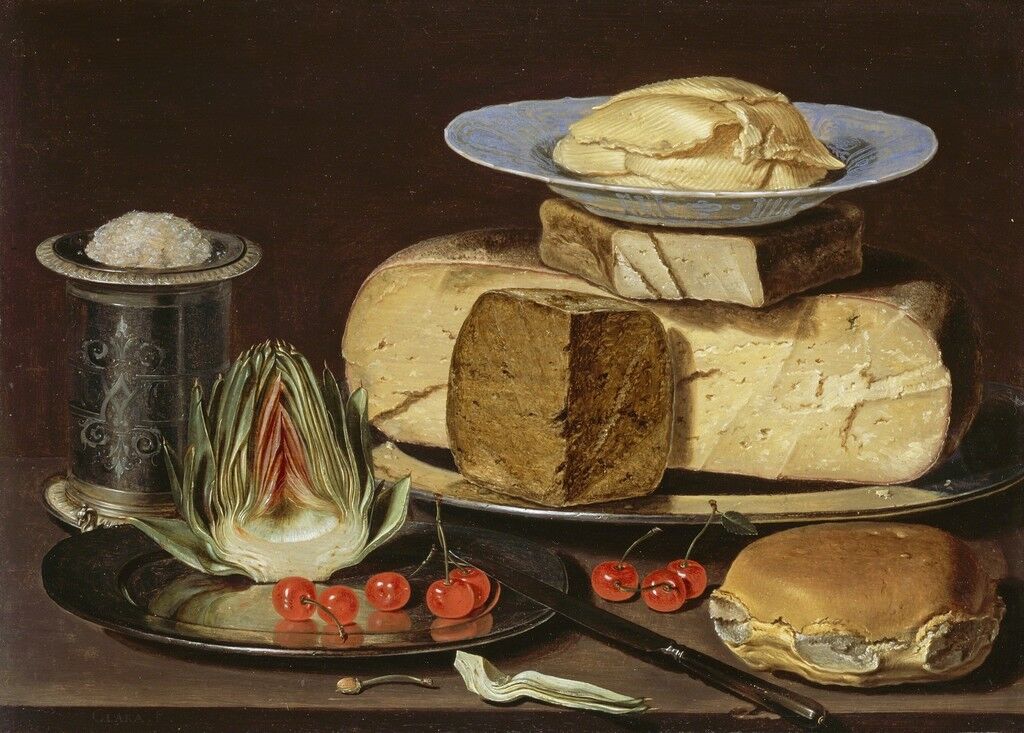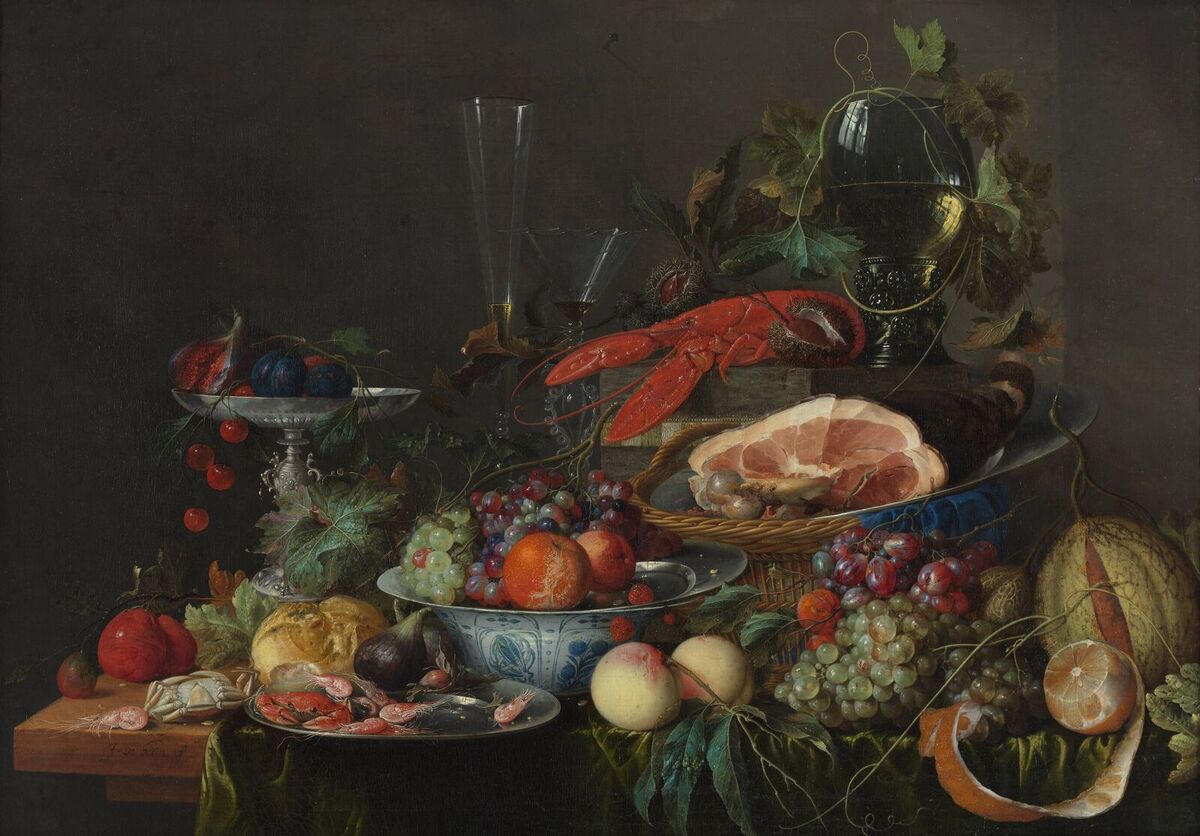Dutch Still Life
See more ideas about dutch still life old paintings and wine cellars.

Dutch still life. Since then critics have generally belonged to two opposing schools of thought when it comes to interpreting them. Van dyck c1575 before 26 april 1651 was a dutch golden age still life painter. Floris van dyck also called floris van dijck or floris claesz.
In fact many dutch still lifes are full scale representations of the real objects they portray. Van dyck lived in haarlem for most of his life but he was born in delft. Also hanging from the cords are two red velvet hoods used to train hunting.
He was a cousin of pieter cornelisz van rijck whose father cornelis first had a brewery in delft before moving to the brewery de olyphant in haarlem. Still life paintings from the netherlands 15501720 dutchhet nederlandse stilleven 15501720 is a 1999 art exhibition catalog published for a jointly held exhibition by the rijksmuseum amsterdam 19 june 9 september 1999 and cleveland museum of art 31 october 1999 9 january 2000. The emergence of the dutch school of painting in the early seventeenth century is one of the most extraordinary phenomena in the history of the visual arts.
Artists would spend most of their careers painting only portraits genre scenes landscapes seascapes and ships or still lifes and often a particular sub type within these categories. The life sized depiction of animals creates a tangible sense of reality. On one side the generally somber scenes are read symbolically through the lens of.
Still life as a particular genre began with netherlandish painting of the 16th and 17th centuries and the english term still life derives from the dutch word stilleven. The netherlands had only recently become a political entity and was still suffering from the effects of a long and arduous war against spain. The dutch golden age led to a tremendous outpouring of still life paintings in the 17th century.
In general the rise of still life painting in the northern and spanish netherlands reflects the increasing urbanization of dutch and flemish society which brought with it an emphasis on the home and personal possessions commerce trade learningall the aspects and diversions of everyday life. Early still life paintings particularly before 1700 often contained religious and allegorical symbolism relating to the objects depicted.

